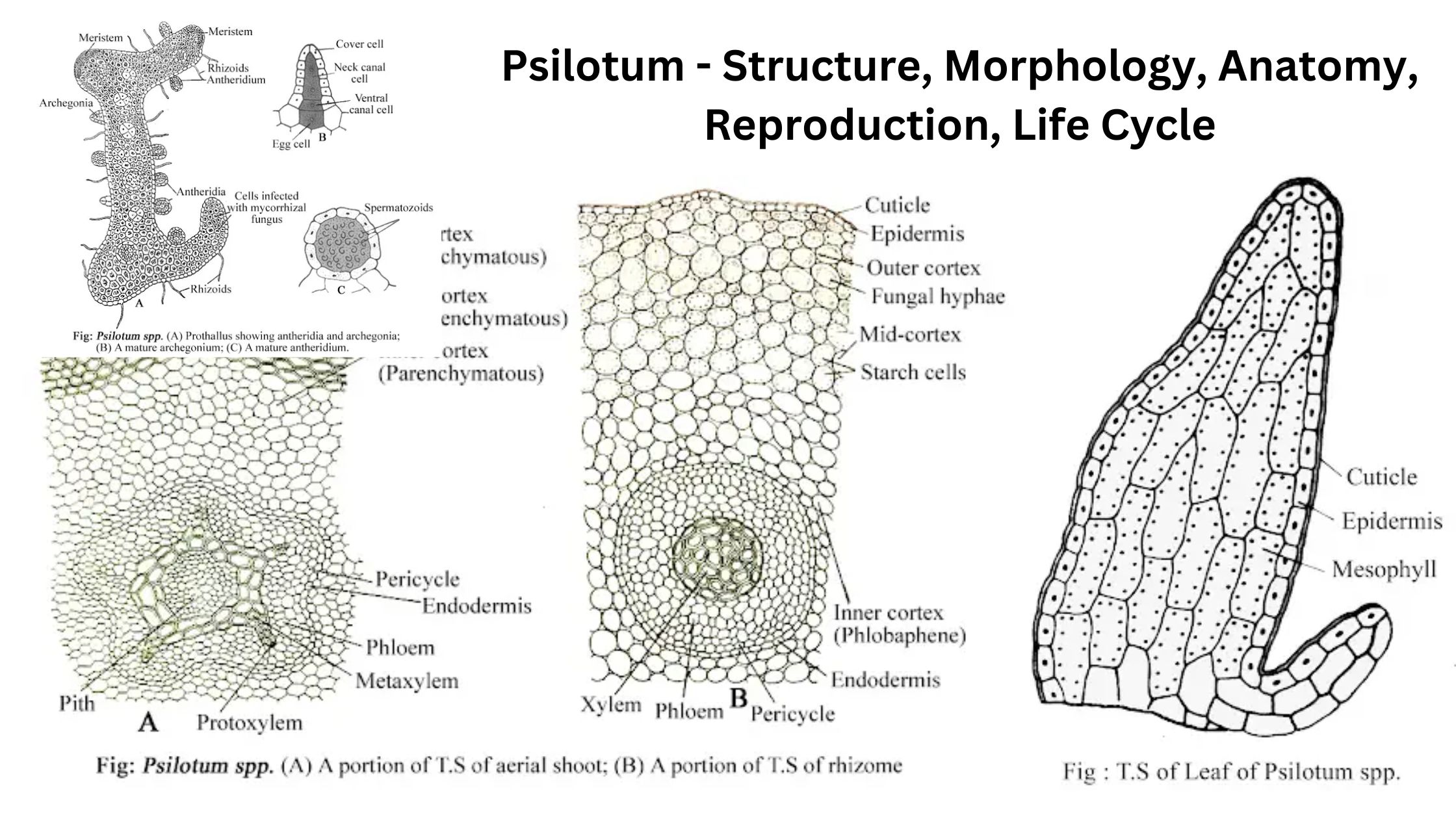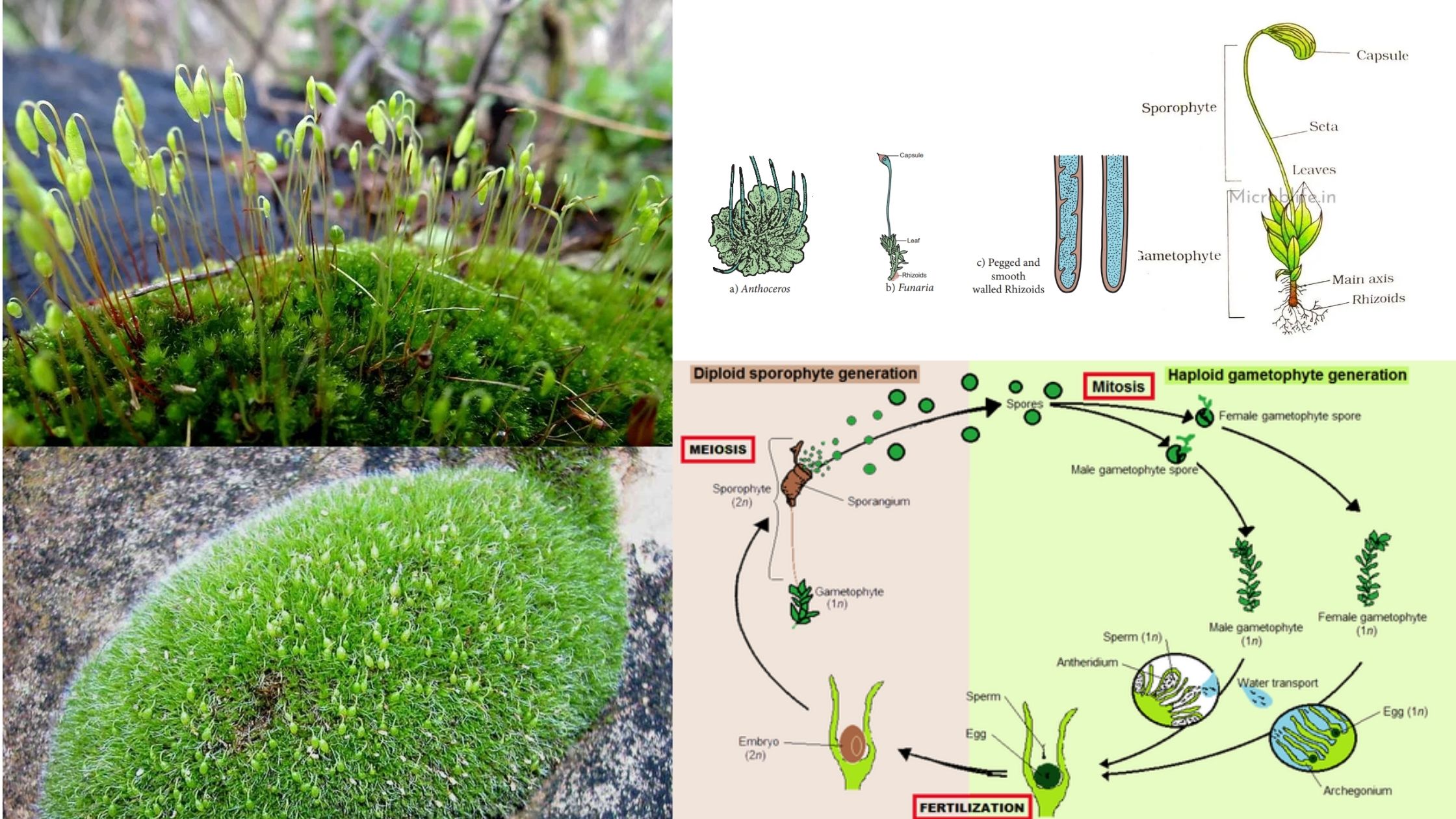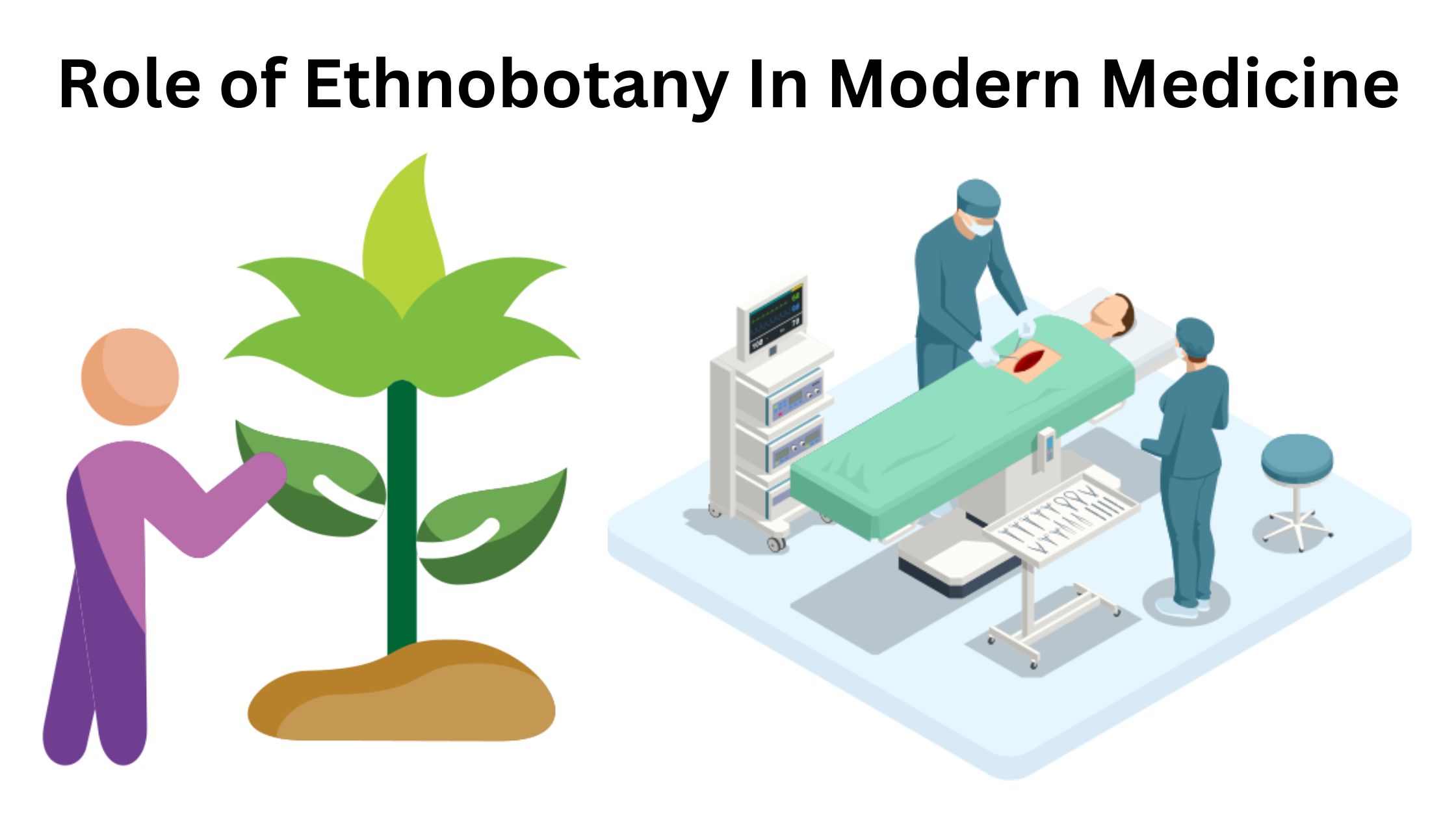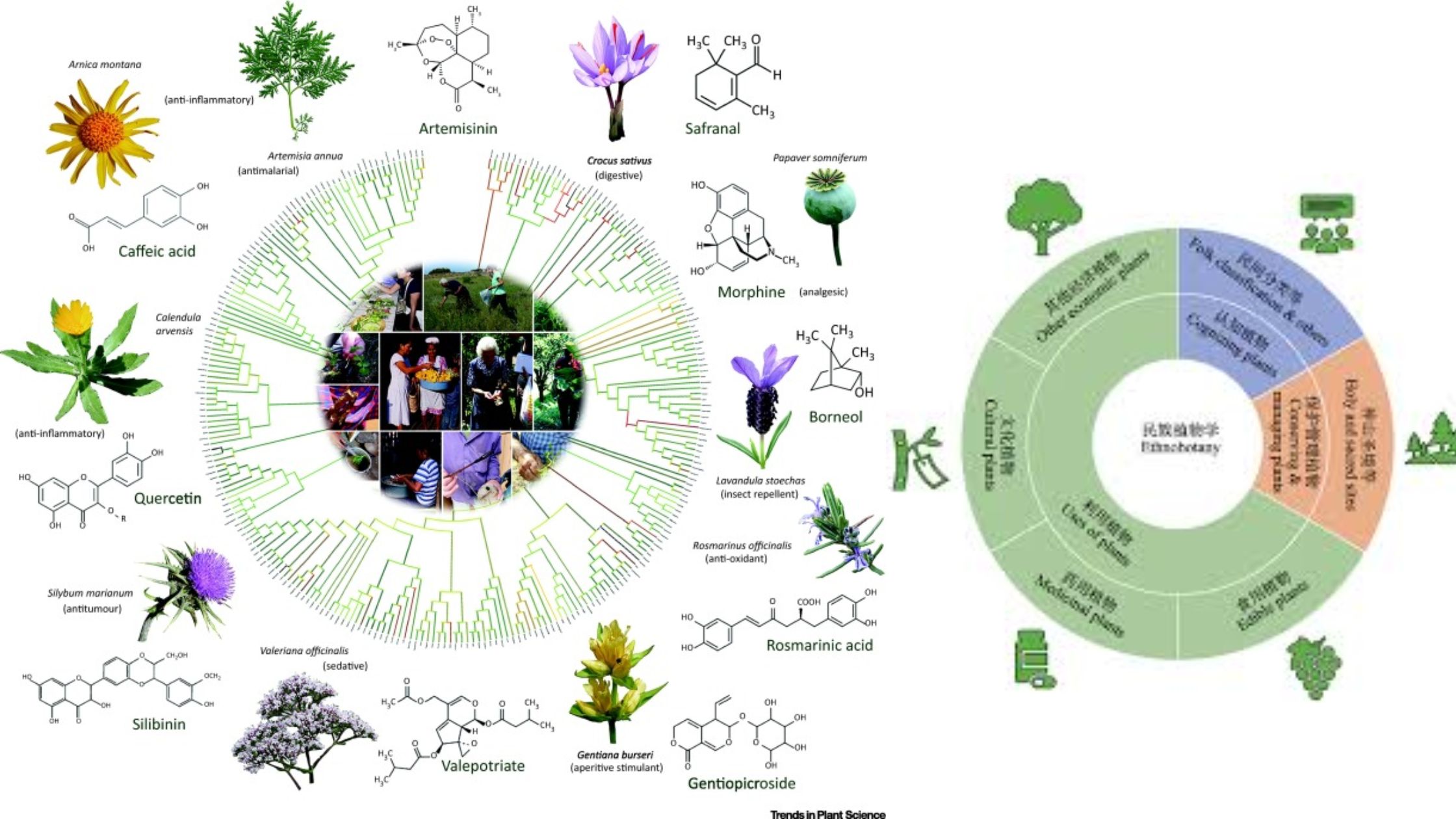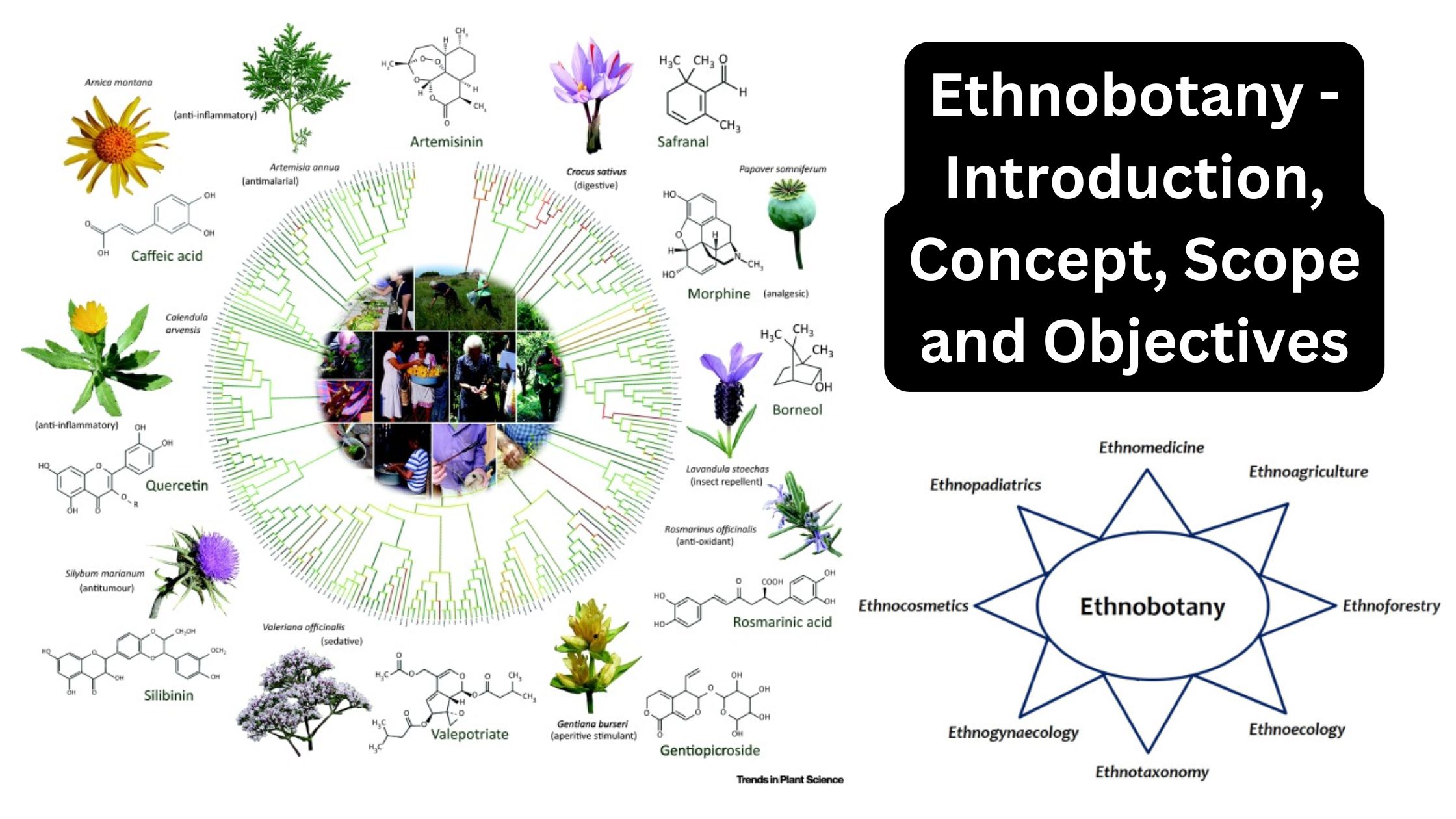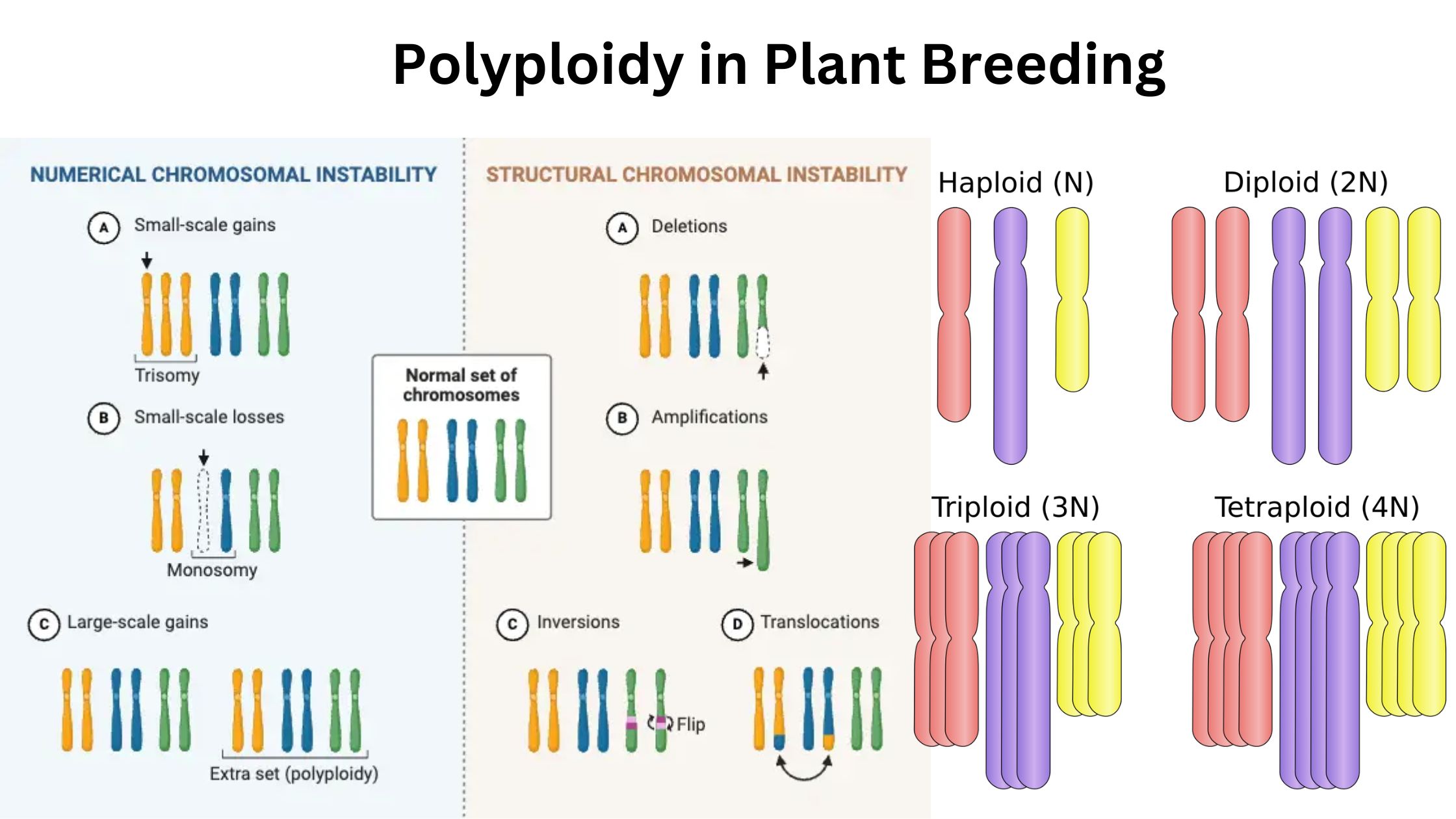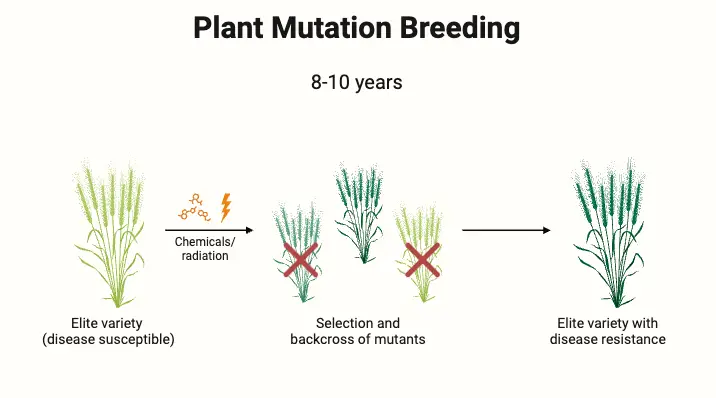Selaginella – Morphology, Anatomy and Reproduction
Class Lycopodiopsida Order Selaginellales Family Selaginellaceae Genus Selaginella Habitat of Selaginella Selaginella species exhibit remarkable diversity in their habitats, being widely distributed across both tropical and temperate regions. The genus, comprising around 700 species, thrives in a variety of environmental conditions, adapting to both humid and arid ecosystems. Below is a detailed exploration of their … Read more

